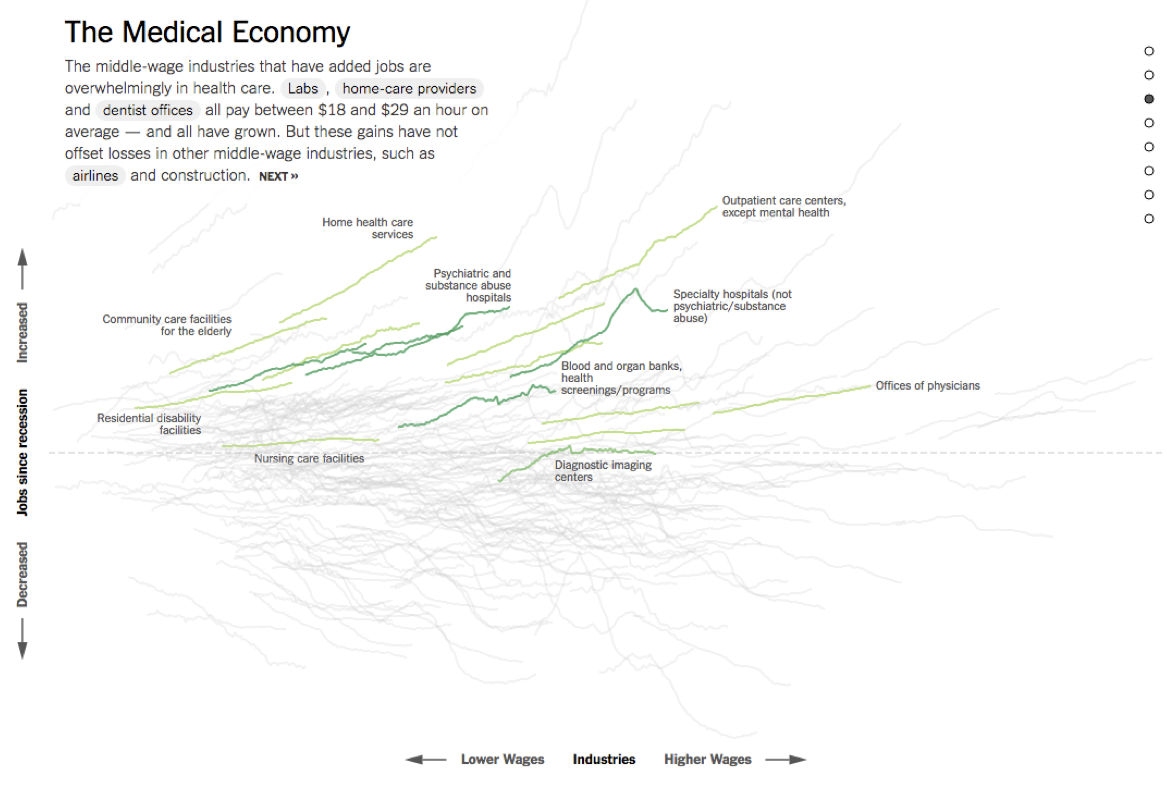25:00
Presentation ready plots 2:
Telling a story
Lecture 19
Duke University
STA 113 - Fall 2023
Warm-up
Announcements
Project 2 presentations in class on Thursday – food preference?
Any questions?
Exam 2 redo (optional)
- Due: Monday 12/11 at 5 pm
- Take home:
- Message me on Slack to let me know if you want to work on this.
- Work in
exam-2-redo.qmd, this is a copy of your exam submission, without any changes I might have implemented to get it to render – do not overwriteexam-2.qmd.
- In class:
- Write/type up corrections + reasoning for corrections (even for questions that didn’t originally ask for reasoning) on a separate piece of paper.
- Return original exam + redo together at my office (slide under door if I’m not there).
- Improve your answers working on your own. The same rules as the exam applies.
- You will be eligible to receive up to 50% of the points you missed on each portion of the exam.
Code review
- Clone your assigned team’s project and (try to) render it
- First, review the organization of the project/repo
- Then, review the code and open issues associated with any lines of code you want to make specific comments about [DEMO]
- Finally, fill out the “Code review” issue
- Be critical, but constructive
Setup
Animation (as requested)
Philosophy
The purpose of interactivity is to display more than can be achieved with persistent plot elements, and to invite the reader to engage with the plot.
Animation allows more information to be displayed, but developer keeps control
Beware that it is easy to forget what was just displayed, so keeping some elements persistent, maybe faint, can be useful for the reader
gganimate
gganimate extends the grammar of graphics as implemented by ggplot2 to include the description of animation
It provides a range of new grammar classes that can be added to the plot object in order to customize how it should change with time
How does gganimate work?
Start with a ggplot2 specification
Add layers with graphical primitives (geoms)
Add formatting specification
Add animation specification
Grammar of animation
Transitions:
transition_*()defines how the data should be spread out and how it relates to itself across timeViews:
view_*()defines how the positional scales should change along the animationShadows:
shadow_*()defines how data from other points in time should be presented in the given point in timeEntrances/Exits:
enter_*()/exit_*()defines how new data should appear and how old data should disappear during the course of the animationEasing:
ease_aes()defines how different aesthetics should be eased during transitions
Learn more
STA 313 lecture on animation: https://vizdata.org/slides/23/23-animation#/animation
gganimate vignette: https://gganimate.com/articles/gganimate.html
Themes
Complete themes
Themes from ggthemes
Themes and color scales from ggthemes

Modifying theme elements

Axes
Presidential terms
How can the following figure be improved with custom breaks in axes, if at all?

# A tibble: 12 × 4
name start end party
<chr> <date> <date> <chr>
1 Eisenhower 1953-01-20 1961-01-20 Republican
2 Kennedy 1961-01-20 1963-11-22 Democratic
3 Johnson 1963-11-22 1969-01-20 Democratic
4 Nixon 1969-01-20 1974-08-09 Republican
5 Ford 1974-08-09 1977-01-20 Republican
6 Carter 1977-01-20 1981-01-20 Democratic
7 Reagan 1981-01-20 1989-01-20 Republican
8 Bush 1989-01-20 1993-01-20 Republican
9 Clinton 1993-01-20 2001-01-20 Democratic
10 Bush 2001-01-20 2009-01-20 Republican
11 Obama 2009-01-20 2017-01-20 Democratic
12 Trump 2017-01-20 2021-01-20 RepublicanContext matters: y-axis breaks

Context matters: y-axis breaks
Context matters: y-axis breaks

Context matters: x-axis breaks
presidential <- presidential |>
mutate(
name = case_when(
name == "Bush" & year(start) == 1989 ~ "Bush I",
name == "Bush" & year(start) == 2001 ~ "Bush II",
.default = name
),
name = fct_reorder(name, start),
start = year(start),
end = year(end)
)
ggplot(
presidential,
aes(x = start, xend = end, y = name, yend = name)
) +
geom_segment() +
scale_x_continuous(
breaks = seq(from = 1952, to = 2020, by = 4),
minor_breaks = NULL
)Context matters: x-axis breaks

Colors matter
Colors matter

Precision matters
ggplot(
presidential,
aes(x = start, xend = end, y = name, yend = name, color = party)
) +
geom_segment(show.legend = FALSE) +
scale_x_continuous(
breaks = seq(from = 1952, to = 2020, by = 4),
minor_breaks = NULL
) +
scale_color_manual(
values = c(
"Democratic" = "blue",
"Republican" = "red"
)
) +
labs(x = "Election year", y = "President")Precision matters

Annotation
Why annotate?

geom_text()
Can be useful when individual observations are identifiable, but can also get overwhelming…
How would you improve this visualization?
All of the data doesn’t tell a story



Highlighting in ggplot2
We have (at least) two options:
Native ggplot2 – use layers
gghighlight: https://yutannihilation.github.io/gghighlight/articles/gghighlight.html
Data: SF AQI
sf <- read_csv(sf_files, na = c(".", ""))
sf <- sf |>
janitor::clean_names() |>
mutate(date = mdy(date)) |>
arrange(date) |>
select(date, aqi_value)
sf# A tibble: 2,557 × 2
date aqi_value
<date> <dbl>
1 2016-01-01 32
2 2016-01-02 37
3 2016-01-03 45
4 2016-01-04 33
5 2016-01-05 27
6 2016-01-06 39
7 2016-01-07 39
8 2016-01-08 31
9 2016-01-09 20
10 2016-01-10 20
# ℹ 2,547 more rowsData prep
# A tibble: 14 × 4
date aqi_value year day_of_year
<date> <dbl> <dbl> <dbl>
1 2016-01-01 32 2016 1
2 2016-01-02 37 2016 2
3 2017-01-01 55 2017 1
4 2017-01-02 36 2017 2
5 2018-01-01 87 2018 1
6 2018-01-02 95 2018 2
7 2019-01-01 33 2019 1
8 2019-01-02 50 2019 2
9 2020-01-01 53 2020 1
10 2020-01-02 43 2020 2
11 2021-01-01 79 2021 1
12 2021-01-02 57 2021 2
13 2022-01-01 53 2022 1
14 2022-01-02 55 2022 2Plot AQI over years

Plot AQI over years

Plot AQI over years

Highlight 2016

Highlight 2017

Highlight 2018

Highlight any year
year_to_highlight <- 2018
ggplot(sf, aes(x = day_of_year, y = aqi_value, group = year)) +
geom_line(color = "gray") +
geom_line(data = sf |> filter(year == year_to_highlight), color = "red") +
labs(
title = glue("AQI levels in SF in {year_to_highlight}"),
subtitle = "Versus all years 2016 - 2022",
x = "Day of year", y = "AQI value"
)
Quarto
Quarto tips
Figures and tables
Cross references
Bibliography
Slides








